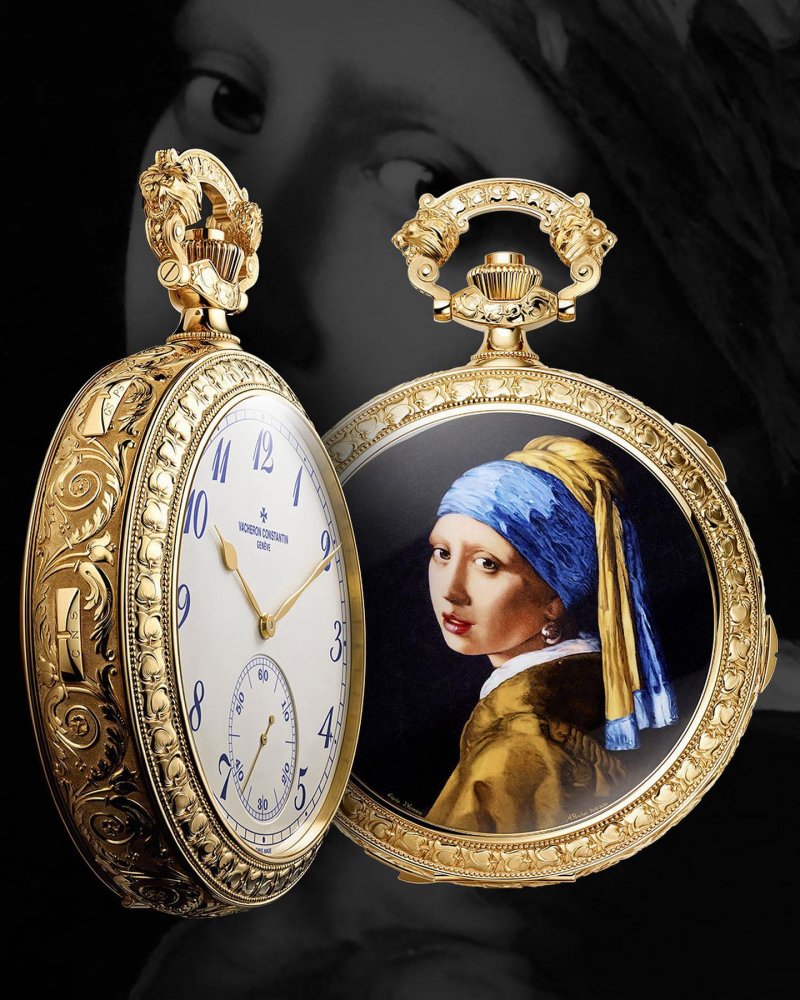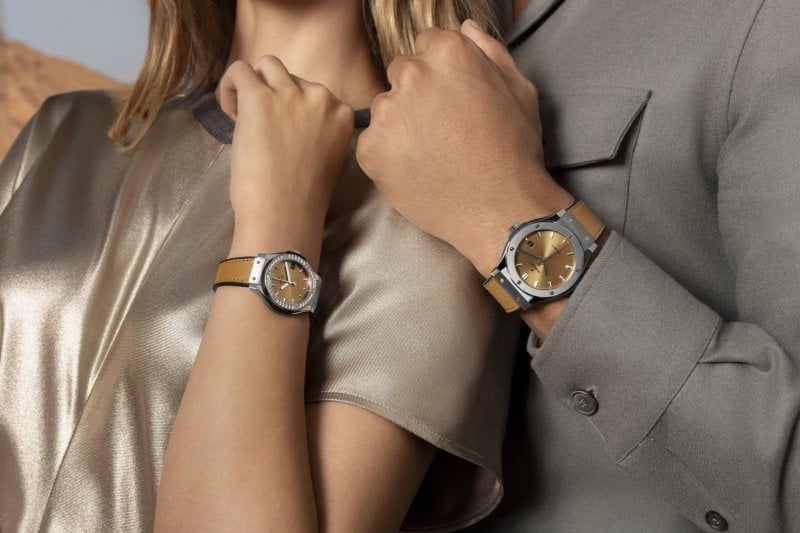Cover Photo Courtesy of Instagram.com/vacheronconstantin
The history of tracking time goes way, way back. First came sundials, then water clocks, before the first mechanical movements were created in the 13th century. More precisely, the first mechanical movement was invented in 1275 England, as a minute-repeater without a dial. Three new clocks were then invented in Italy – an astronomical version, an hourly chime, and a more robust design that displays the hours, the sunrise, and the days of the month.
The first clocks were designed by blacksmiths in the 14th century as high-pitched bells, until the first pocket watch was created in 1462. Using brass, bronze, and silver, the Swiss watch industry saw the light in the mid-16th century, when a ban on jewelry was witnessed, leading jewelry makers to learn this new trade.
As a staple in men’s wardrobes, these watches were worn as pendants and only displayed the hour, while the dial remained unprotected until the beginning of the 17th century when glass became common. And it wasn’t until 1648 that the minute hand was added. The next chapter in this story of evolution was the creation of wristwatches popularized by women’s fashion. In 1810, Abraham-Louis Breguet designed the first wristwatch for the Queen of Naples, inspiring an entire modern-day collection entitled “Reine de Naples”. Patek Philippe followed Breguet’s footsteps and created a bracelet watch for Countess Koscowicz of Hungary.
The 19th century witnessed a mass production of watches, making these creations accessible to ordinary people by using cheaper materials. And in the late 1880s, wristwatches started being popularized for men by German naval officers, to whom Girard-Perregaux mass-produced creations that made their job easier. Next came the Cartier Santos wristwatch in 1904, which Louis Cartier designed for Brazilian aviator Alberto Santos-Dumont as an alternative to the pocket watch.
During World War I, wristwatches became common among soldiers, allowing them to carry equipment while keeping track of time. And after the war, the watch industry saw new innovations with the first automatic watch being launched in 1923, as well as Rolex’s first waterproof timepiece in the 1920s and Breitling’s one of the first wristwatch chronographs in 1915, let alone Jaeger-LeCoultre’s iconic Reverso in 1931 that allowed the protection of the case’s crystal thanks to its flipping mechanism. And when the 1970s witnessed the birth of the quartz movements, watch brands took a more innovative direction towards the creation of smartwatches, as well as thinner and light-weight ones that embody practicality.
Article Written by Mirella Haddad











